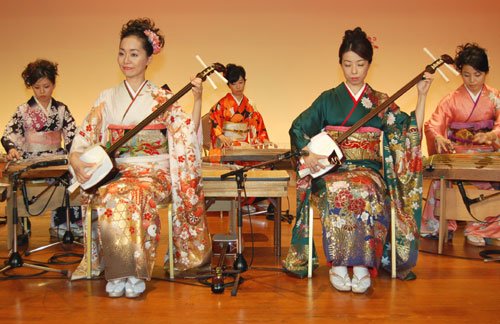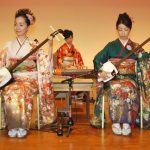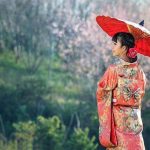Japanese music is pleasing and meditation-friendly. Four Japanese musicians won the 53th Grammy Award in 2011.
Japanese music, the art concerned with combining vocal or instrumental sounds for beauty of form or emotional expression, specifically as it is carried out in Japan. Korea served as a bridge to Japan for many Chinese musical ideas as well as exerting influence through its own forms of court music. Also to be considered is the presence of northern Asian tribal traditions in the form of Ainu culture surviving on Hokkaido island. However, it should be pointed out that the island isolation of Japan allowed it to develop its own special characteristics without the intense influences of the Chinese and the Mongols so evident in mainland cultures. Therefore, in the ensuing discussion all the “foreign” elements are placed in the matrix of traditions and styles that are characteristically Japanese.
As the Japanese people gradually drove the Ainu northward, they solidified their own internal structure and established stronger ties with continental culture. Records show that a Korean Silla (in Japanese, Shiragi) emperor sent 80 musicians to the funeral of a Japanese ruler in 453. Chinese Buddhism was officially introduced as a religion in Japan in the 6th century, selected converts being sent to China for proper training in the rituals (hence the music) of that faith. A Korean musician, Mimaji (in Japanese, Mimashi), is believed to have introduced masked dances and entertainments (gigaku) and southern Chinese music (kuregaku) into the Japanese court in 612. By the 8th century Japan had produced its own first written chronicles, the Kojiki (713; “Records of Ancient Matters”) and the Nihon shoki (720; “Chronicles of Japan”), which recount the origin of music in Japanese mythology as the form of an entertainment used by the gods to tempt the sun goddess, Amaterasu, out of her hiding in a cave. Indirect references to music appear in semihistorical accounts of early court activities in the books. In addition, the Nihon shoki contains the texts of some 200 poems, many of which seem to have been derived from the oral musical tradition.









